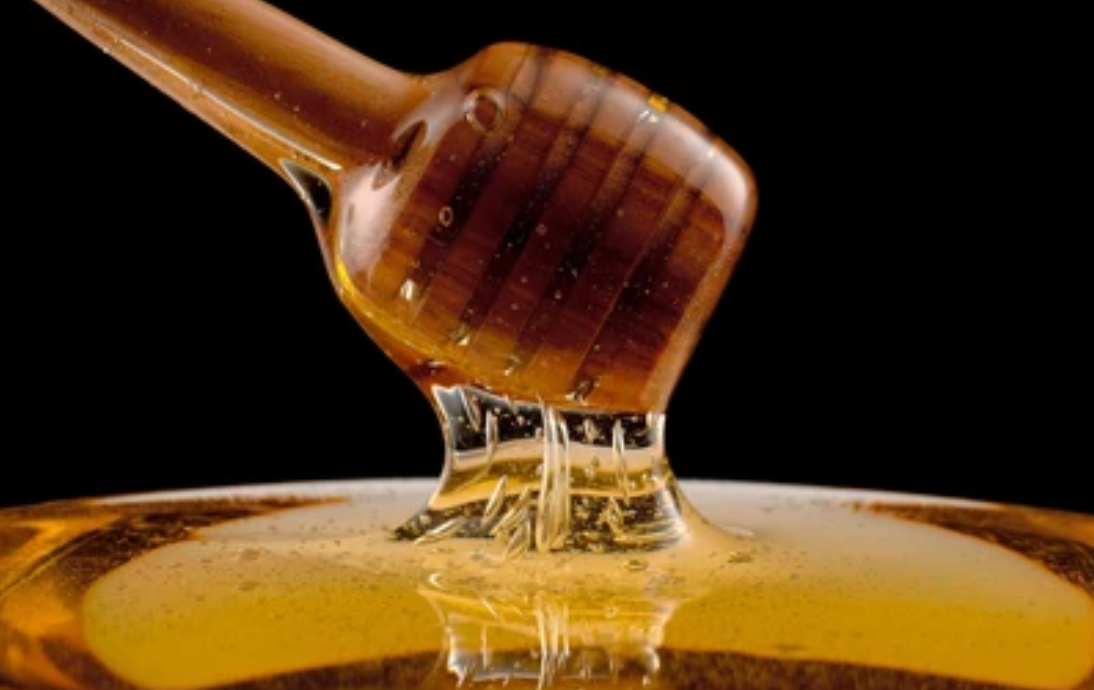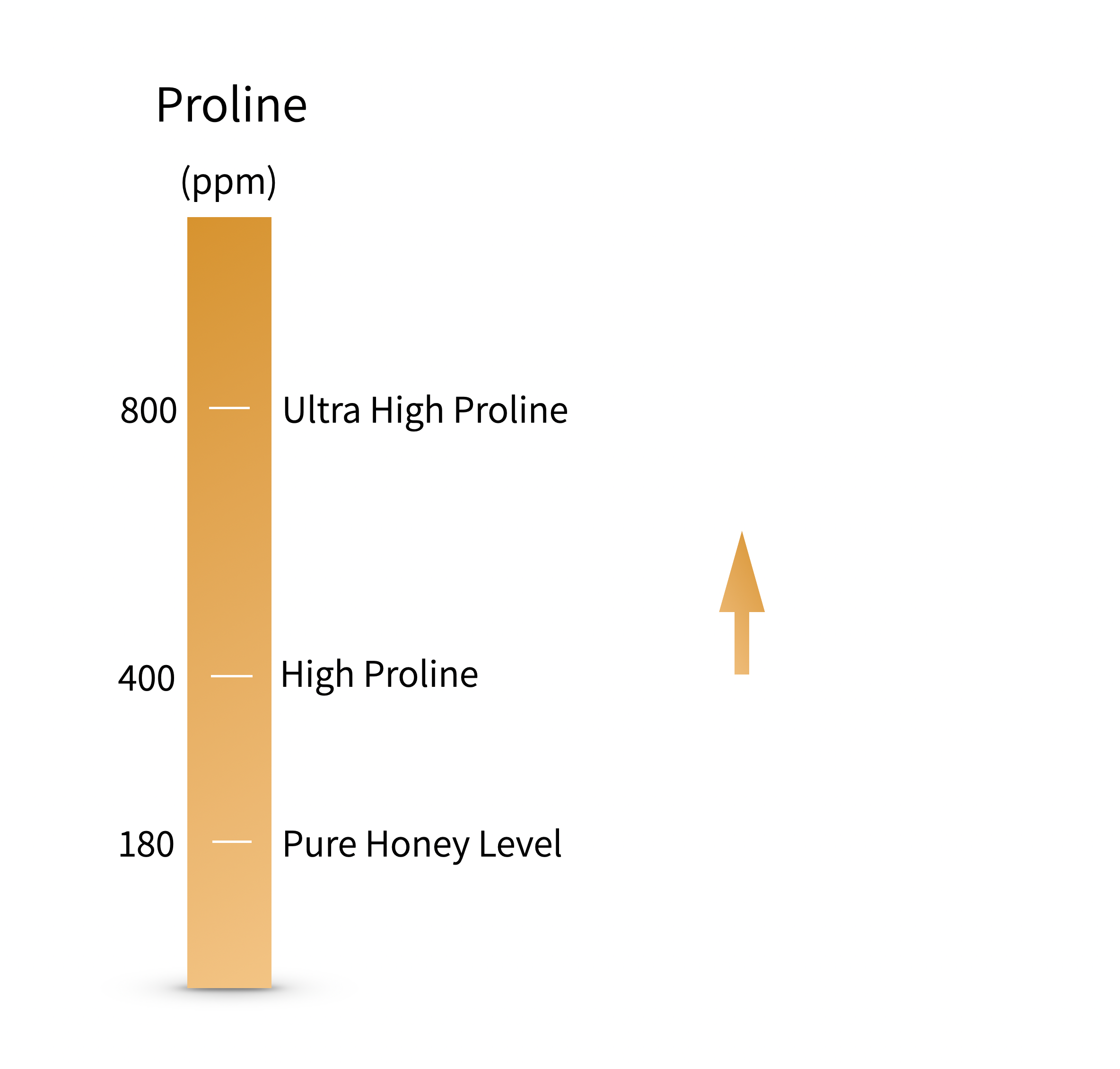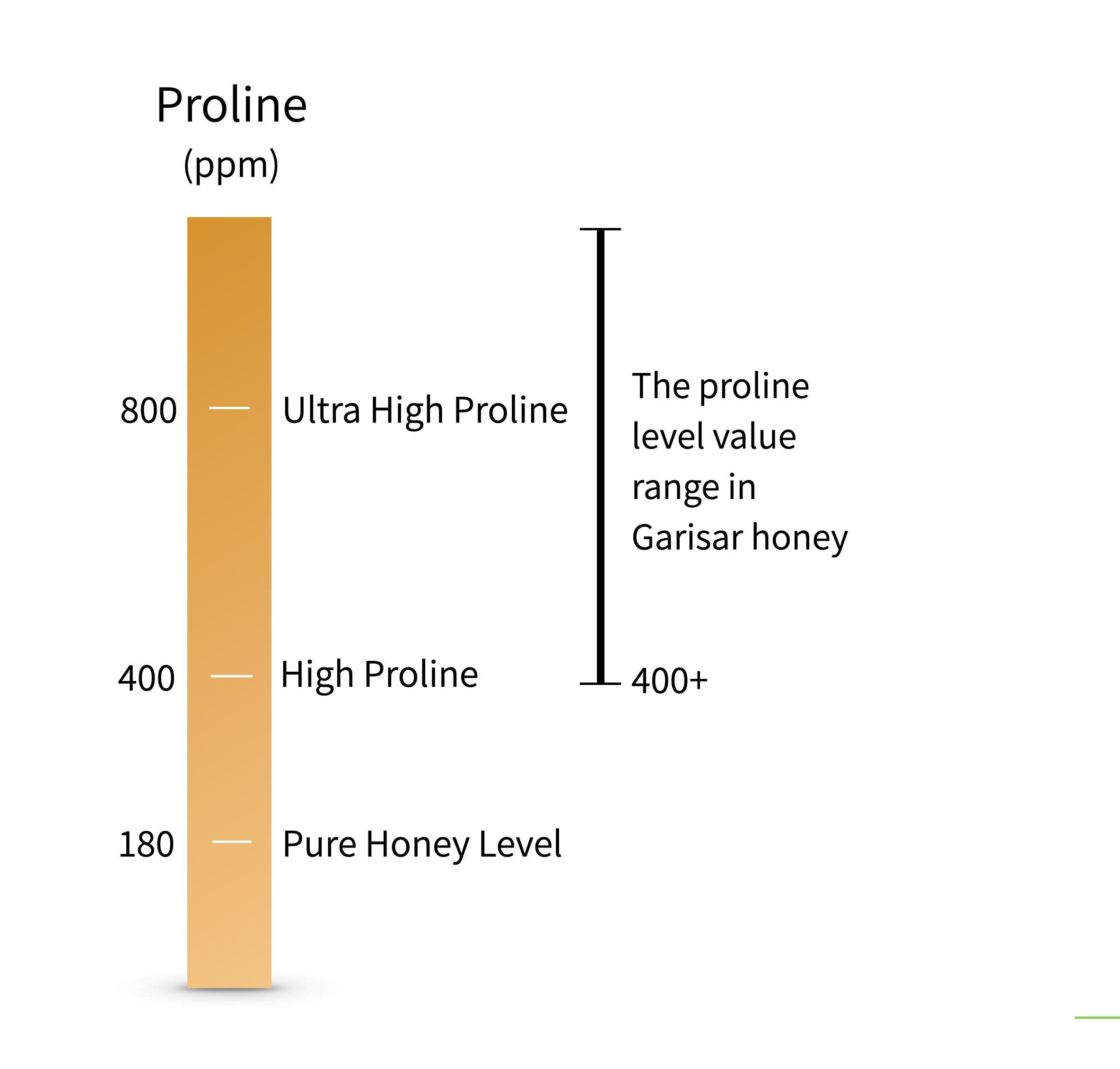Proline: The Youth Elixir - 5 Touches for Your Health

Biochemical Properties of Proline
Biological Functions of Proline
Honey and Natural Sources of Proline
What is the Amount of Proline in Honey?

We Have Suggestions That Are Better Than Each Other

Curiosities About Honey
Title

Title

Title








